
Light Needs

Mature Height

Mature Spread

Growing Zones
Gardeners with shady landscapes know how difficult it is to find flowering shrubs that bloom well without a fair amount of sunlight. This ability makes the Japanese Kerria, also known commonly as the Japanese rose, features bright golden yellow flowers that resemble an old-fashioned rose or chrysanthemum. They appear on slender, arching stems en masse in spring and then sporadically throughout the summer.
The Japanese Kerria also offers year-round interest. Light green leaves become a warm yellow in the fall before dropping to reveal stems that stay a bright green throughout the winter. Few maintenance requirements, the ability to thrive in shade, and resistance to deer make the Japanese Kerria a great option for woodland plantings. It also has a tendency to sucker and form colonies, a habit that makes it suitable for mass plantings and erosion control.
Japanese Kerria Care
This shrub grows well in a range of conditions; the ideal site is in partial shade with average, medium moisture, well-drained soil. It can tolerate full shade and dry or wet soil. Flower color fades in strong sunlight. The Japanese Kerria is drought tolerant once established, but check the soil around the plant regularly during the growing season following planting and water during extended dry spells. Work compost into the site at planting if soil is heavy and drains poorly and fertilize the plants lightly in spring with a balanced fertilizer.
The Japanese Kerria is a vigorous grower with a tendency to sucker. Prune the shrub anytime to remove unwanted suckers at the base. To shape the plant, cut stems back to above a bud in spring just after flowering. Waiting too long after flowering to prune can affect the next year’s bloom.
Japanese Kerria Spacing
The height and spread of Japanese Kerria depends on the specific cultivar and plants grow three to eight feet tall. Most cultivars can reach a spread of up to six feet wide but all have a tendency to sucker and form small colonies. Space plants six to eight feet apart.
Japanese Kerria Information
| USDA Hardiness Zones: 4 - 8 |
| Plant Type: Bushes |
| Light Exposure: Partial Shade to Partial Sun (3 - 6 Hours Of Direct Sunlight) |
| Mature Height: 4 - 6 Feet |
| Mature Spread: 6 - 8 Feet |
| Spacing: 6 - 8 Feet |
| Habit: Upright |
| Flower Color(s): Yellow |
| Flower Description: |
| Bloom Period: |
| Foliage Type: Deciduous |
| Foliage Color(s): Green |
| Foliage Description: |
| Seasonal Interest: Spring Flowering, Fall Flowering, Winter Interest |
| Watering: Average |
| Resists: Deer |
| Tolerates: Drought |
| Attracts: Birds |
| Container Role: |
| Uses: Borders, Hedges & Privacy, Wildlife Gardens |
| Features: Attracts Pollinators, Cut Flowers, Low Maintenance |
| Brand: |
| Common Name: Japanese Kerria |
| Other Name(s): |
| Scientific Name: KERRIA JAPONICA |
Please Note: The pictures below are to give a general representation of the different container sizes. The actual size/ages of plants are estimates and will vary based on type of plant, time of year, last pruning & many other factors.
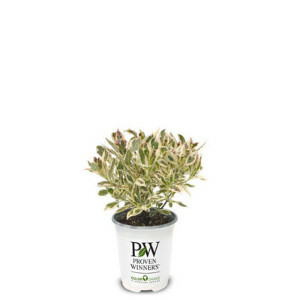
Also Known As:
Quart
Plant Age:
~ 6 months - 1 year
Plant Size:
~ 4"-8"
Pot Size:
~ 4.75"H x 4.5"W
Volume:
1.50 quarts
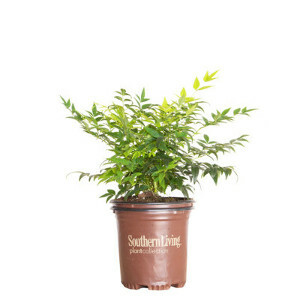
Also Known As:
2.5 Quart Pot
Plant Age:
~ 1 - 2 years old
Plant Size:
~ 8"-12"
Pot Size:
~ 6.5"H x 6.5"W
Volume:
2.20-2.30 quarts
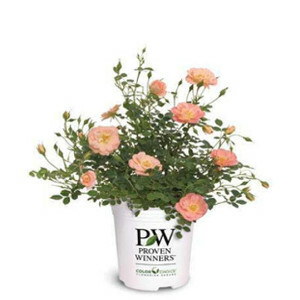
Also Known As:
#1 Container
1 Gallon
Plant Age:
~ 1 - 2 years old
Plant Size:
~ 10"-14"
Pot Size:
~ 7"H x 7.75"W
Volume:
2.26-3.73 quarts
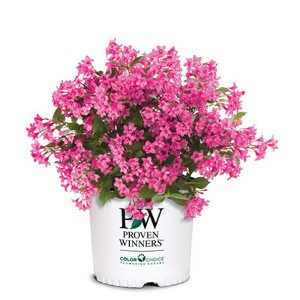
Also Known As:
#2 Container
2 Gallon
Plant Age:
~ 1.5 - 3 years old
Plant Size:
~ 12"-18"
Pot Size:
~ 9.5"H x 9.5"W
Volume:
1.19-1.76 gallons
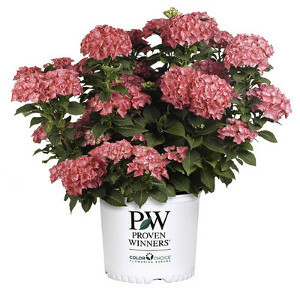
Also Known As:
#3 Container
3 Gallon
Plant Age:
~ 2 - 4 years old
Plant Size:
~ 12"-30"
Pot Size:
~9.5"H x 11"W
Volume:
2.32-2.76 gallons

Also Known As:
#5 Container
5 Gallon
Plant Age:
~3-4 years old
Plant Size:
~ 20" - 60"
Pot Size:
~11" H x 10 1/2” W
Volume:
3.5 - 4 gallons

We stand behind our plants with industry-leading guarantees to give you peace of mind.
We want your plants to arrive in great condition! If you notice any issues upon delivery, contact us within 3 days.
Starting January 1, 2026 all bushes, perennials & trees purchased come with an extended 1-year warranty for added confidence. If your plant dies due to a health issue within a year, we’ll make it right.

Pre-ordered plants are scheduled to ship in Spring 2026. We carefully plan our shipping dates based on your USDA Plant Hardiness Zone to ensure optimal planting conditions upon arrival. Want it sooner/later? Reach out, and we'll try our best to accommodate.
Estimated ship week for pre-ordered plants will ship based on growing zones as shown below.
| Growing Zone | Estimated Ship Week |
|---|---|
| Zone 10 | March 30th |
| Zone 9 | March 30th |
| Zone 8 | April 6th |
| Zone 7 | April 13th |
| Zone 6b | April 20st |
| Zone 6a | April 27th |
| Zone 5b | May 4th |
| Zone 5a | May 11th |
| Zone 4 | May 18th |
| Zone 3 | May 25th |
Note: These are only estimated ship dates. Plants may ship out later depending on weather & growing conditions of the plant.
Note: Only plants indicated as pre-order will ship as shown above. All other plants and hard goods will ship as normal.
Plants that are currently in stock typically ship within 2-7 business days after your order is placed.
Plant Addicts ships to the lower 48 states within the U.S. Unfortunately, we do not currently ship to Alaska, Hawaii, or internationally.
This plant cannot be shipped to the following states: AK, HI. These restrictions apply only to this specific plant due to agricultural regulations or other limitations. Other plants may still be available for shipping to these states.
If you have any questions about shipping restrictions, feel free to reach out to our team!

